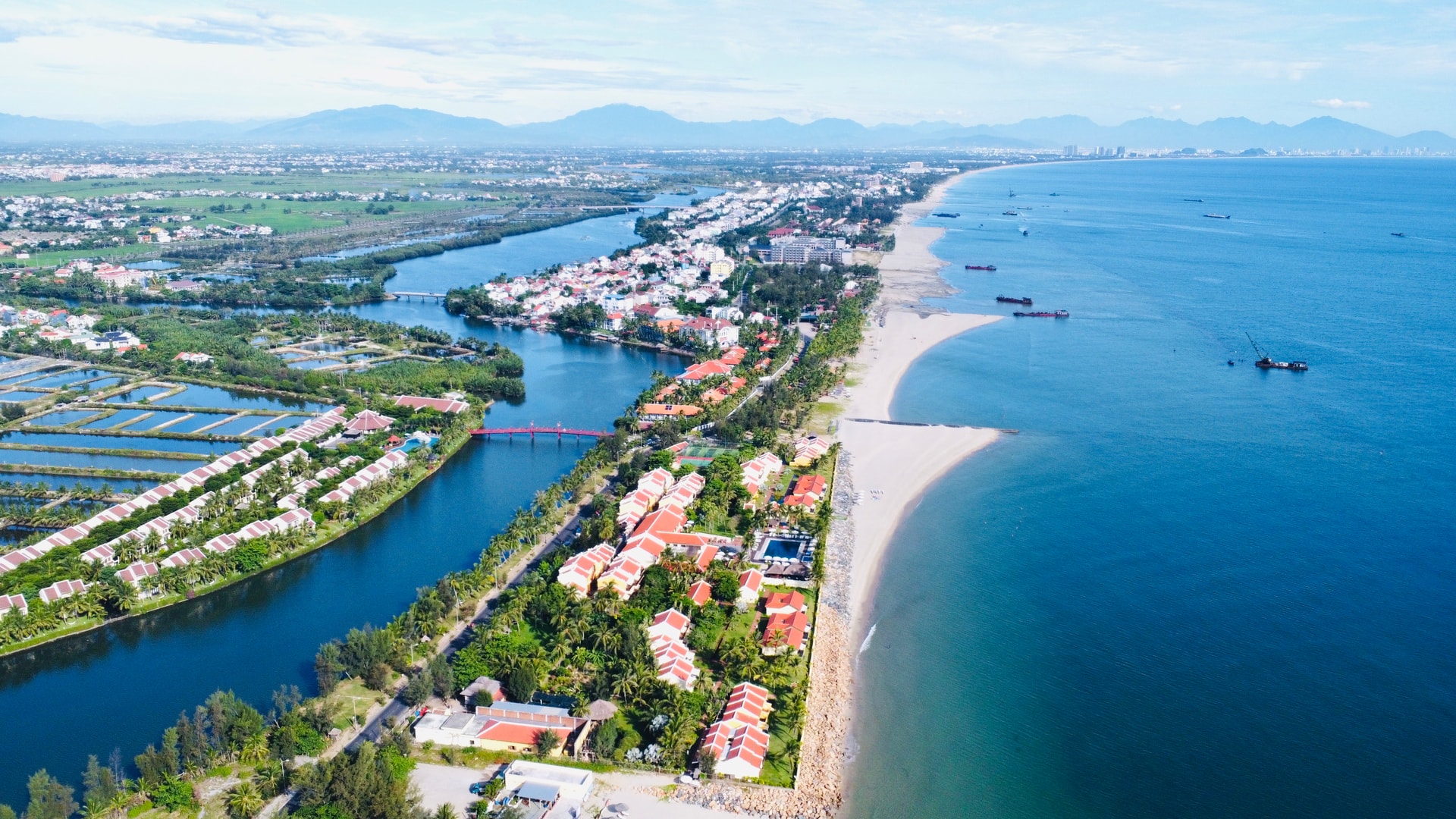
Urban expansion
After the merger, the average urbanization rate of the whole new city has decreased significantly, but the urban space of Da Nang has opened up to the south and still has great room for development. Besides the old central urban area, Da Nang now has an additional continuous strip of 7 wards belonging to Dien Ban town and the former Hoi An city.
Following the spread, the Da Nang urban area will continue upstream towards Vu Gia or across the Thu Bon River with some semi-urban areas transforming into cities. Most notably, the communes of Hoa Tien, Dai Loc or Thang Binh are all oriented to meet the criteria to become wards by 2030. In fact, many core areas of the above communes have long had the appearance of a city when they were once bustling towns such as Ha Lam and Ai Nghia.
According to the Da Nang Institute for Socio -Economic Development, Da Nang - Hoi An - Dien Ban - My Son is not only a modern economic - service - urbanization center, but also a strategic bridge between the coastal urban chain and the midland - mountainous region in the West. This entire urban chain needs synchronous digitalization, open data connection and smart infrastructure, forming a high-quality service - education - tourism - finance axis of the dynamic region of the Central region.
Waiting to connect the urban strip
Covering the entire space of the new Da Nang city, it is easy to see the discontinuity of the central urban strip of Da Nang with 4 wards of Tam Ky city (old). There are two main axes to connect this urban strip: along the national highway (National Highway 1) and along the newly formed coastal road.
The silhouettes of the streets are scattered among the towns and markets on the traditional main roads, but it seems that the southeastern coastal sand strip contains greater potential to become a new city.
Right before the merger, the authorities approved the general urban planning of Duy Hai - Duy Nghia (currently belonging to Duy Nghia commune) and the general planning of the new urban area of Binh Minh (currently Thang An commune).
According to the Department of Construction, these approved plans will continue to be effective. At the same time, the planning and projects according to the approved plans will continue to be implemented until a new plan is replaced or until the validity period expires according to the provisions of the Law on Urban and Rural Planning.
In fact, Resolution No. 43-NQ/TW of the Politburo on the construction and development of Da Nang city until 2030, with a vision to 2045 (issued when the arrangement of provincial administrative units had not yet been implemented) emphasized the construction of an urban chain from Lang Co to South Hoi An. This demonstrates the great potential of this coastal strip, although most of the southern area of the strip of land is still a "city depression".
According to experts, if large cities in the past were formed along rivers, today most of the world's megacities are facing the sea.
According to Architect Tran Ngoc Chinh - Chairman of the Vietnam Urban Planning and Development Association, a great advantage in the urbanization process of Da Nang is that the urban strip along the Eastern region not only faces the sea but also "leans" on two rivers running parallel to the coast, Co Co and Truong Giang. This is rare in our country, so local authorities need to plan urban space in a systematic way, in which it is necessary to focus on the issue of climate change adaptation.
Ms. Tran Thi Thanh Tam - Director of the Department of Finance of Da Nang informed that one of the 6 growth drivers in the coming time of Da Nang city is to invest in construction, forming a chain of coastal urban areas, new, green, large-scale, modern, smart urban areas in the East and developing urban areas on the bay and sea of Da Nang.
Accordingly, from the south of Hai Van Pass to the north of Thu Bon River, priority will be given to developing the fields of tourism, trade services, finance, passenger transport - logistics associated with seaports and international airports, and high-tech industry. Forming and developing urban infrastructure in the area south of Thu Bon River in the direction of developing international-class resort tourism, combined with promoting the exploitation of the potential for marine economic development. Meanwhile, the Tam Ky - Nui Thanh area will prioritize developing the fields of industry, transport (goods) - logistics associated with seaports and Chu Lai airport.
Source: https://baodanang.vn/cho-noi-lien-dai-pho-3309588.html


























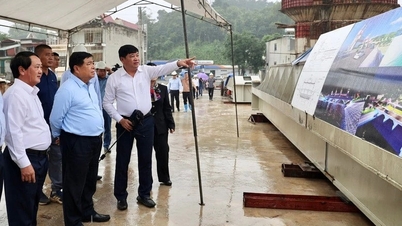





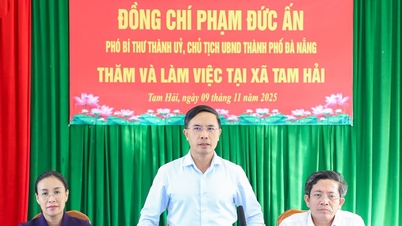



















































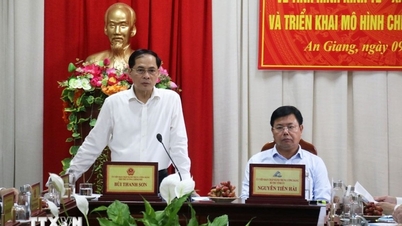












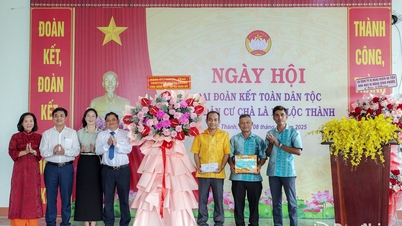













Comment (0)